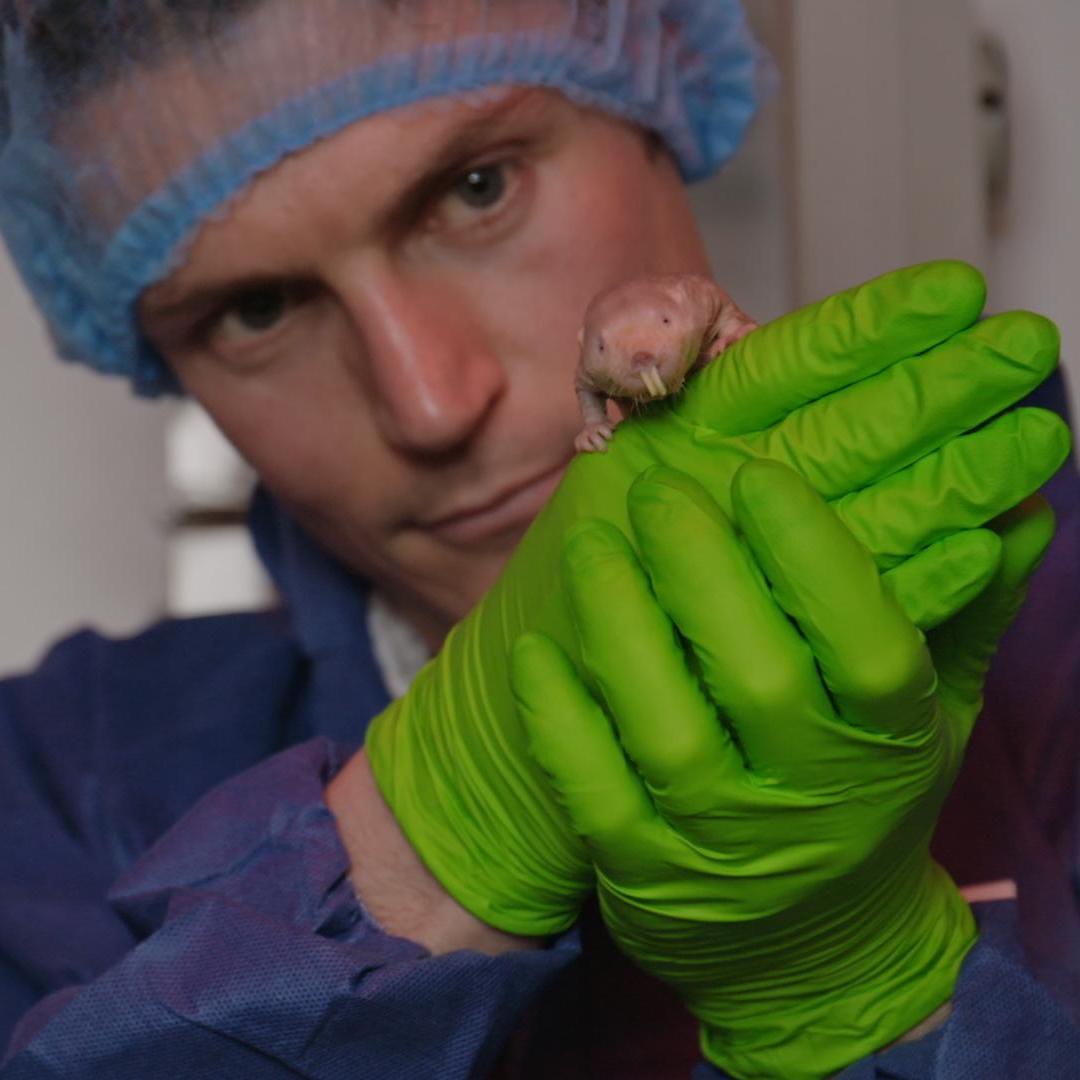
Keywords
Clinical Conditions
Equipment & Techniques
Science Culture
The main interest of the Smith lab is to understand the molecular mechanisms by which sensory neurons detect noxious stimuli, so-called nociceptors. We are particularly interested in how nociceptors are activated in both physiological and pathophysiological states and how this changes during different disease states, something that we address using a combination of in vitro and in vivo techniques. We also try to understand how genetic variations identified in humans with differing pain sensation produce the effects that they do. A further area of interest in the Smith lab is the unusual physiology of the naked mole-rat, an animal that is cold-blooded, lives for 30+ years, is resistant to cancer and is also eusocial! Weconduct comparative physiology and genetics with the naked mole-rat to identify molecules and circuits that underlie aspects of their 'odd' physiology, results from such work will lead to a greater understanding of how 'normal' physiology works in other mammals including humans.
A subset of colonic sensory neurons express Mrgprd
Dorsal root ganglion section from a Mrgprd-GFP mouse with colonic sensory neurons stained with fast blue and anti-CGRP staining in red

Today, October 1st 2024 marks the first day of the new term of Professor Alasdair…

On April 5th 2024, we welcomed more than 240 delegates to Queens’ College for our…
